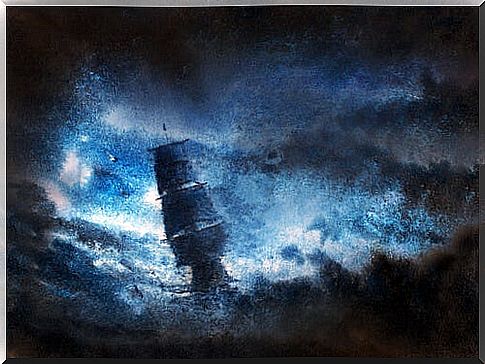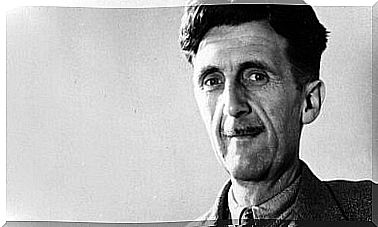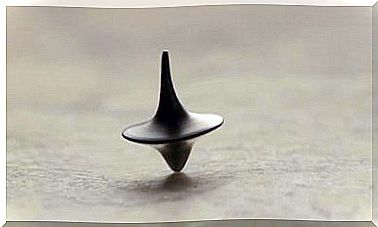3 Short Legends For Children

Legends often contain fantastic examples to teach values to our little ones. Thus, short captions for children can become wonderful tools so that, while they dream and imagine themselves starring in their own stories, they become better people: more responsible, autonomous and empathetic.
Throughout history, the tradition of oral legend has passed from father to son without the stories told varying excessively. Of course, some have adapted to the times, others have been softened, as has happened with those used by Disney for their films, and many have been transformed.
However, all of them keep a good part of their cultural elements and their pedagogical purpose, which is the learning of values, ideals, interests, etc.
The best short legends for kids
We must not confuse legend with myth or fable. In general, the legend is exemplary, drawn from a supposed ancestral reality rooted in history, but mixed with the fantastic, the supernatural and the imagined.
The fable usually has an animal as its protagonist. In addition, its purpose is always more exemplary. It offers a teaching, a moral as it was said in the past. In opposition, a legend usually or can contain elements of the fable and also of the myth: despite containing supernatural elements, it narrates social events that may have some truth in origin, but that have been distorted over the years and the generations and word of mouth.
As it shows, the best example is always seeing reality. For this reason, below, we will know a series of short captions that can be very useful for the little ones in the house.

The Flying Dutchman
Within the world of short legends, that of the Flying Dutchman draws attention. It dates back to the 17th century and tells the story of Captain Hendrik Van Der Decken, whose ship bound for India is hit by a storm that he overcame thanks to the determination of the sailor, who was able to defy the authority of God.
Therefore, the deity condemned him to wander with his ship aimlessly through the world’s oceans. Since then, the ghost of his boat appears at night with other souls in pain, his visualization being a bad omen.
Beyond religious interpretations, this legend is used with children so that they learn to respect authority. That is, it is interesting that they are themselves, have personality and affirm their convictions, but always with respect for their parents, caregivers, teachers, tutors, colleagues, etc.
Krampus
A curious detail that we find in some legends is a singular sordid touch, sometimes almost terrifying. That could be the case with Krampus, a popular European half goat half demon, with giant horns and a hairy body.
Krampus is the typical character who appears every Christmas to punish children who have not behaved well, whose origin is prior to Christianity. Remember that in the past it was common to carry out this negative reinforcement with the little ones with characters like Krampus or the famous bogeyman.
However, the legend of Krampus can be sweetened using characters from the Christmas tradition such as Santa Claus or Saint Nicholas or the Three Wise Men themselves, who are the ones who reward children for their good attitude.
Robin Hood
We are going to end a legend that speaks of justice and equality. Undoubtedly, the medieval English character of Robin Hood, adapted dozens of times for movies, books, comics, etc., shapes one of the most beautiful stories for children.
Based on certain royal characters and their adventures, such as Ghino di Tacco, Hood was a prince among thieves. A disgraced nobleman who distributed justice to the poor by stealing from the rich, especially Juan Sin Tierra, who took over the English throne in the absence of his brother, the esteemed Ricardo Corazón de León.

The popularity of Robin Hood was born in the 15th century, although the historical facts would be located in the 13th century. Be that as it may, it can be a good example of social justice, of the fight against the tyranny that certain sectors with power can exercise and of people who relegate part of their most selfish interests to help those most in need.
Any of these short legends for children, adapted to current times, can be beautiful settings for education, debate and, why not, enjoyment.









